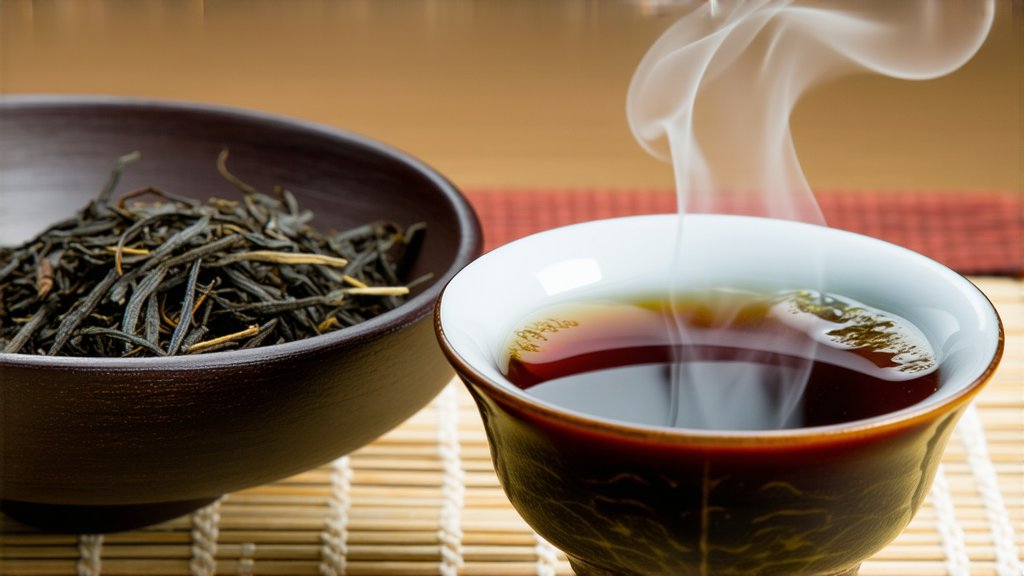
Liu Bao tea, one of the most revered varieties of Chinese dark tea, holds a unique place in the world of tea culture. This post delves into the rich history, diverse types, intricate production process, and sophisticated art of appreciating Liu Bao tea.
Historical Journey
Liu Bao tea, often referred to as "Six堡茶," hails from the Liu Bao region in Guangxi Zhuang Autonomous Region of China. Its history dates back over a thousand years, with records indicating its presence during the Tang Dynasty (618-907 AD). Originally, Liu Bao tea was primarily produced for medicinal purposes, known for its digestive benefits and ability to alleviate fatigue. Over time, it gained popularity for its distinctive flavor profile and became a sought-after tea variety among connoisseurs.
Types of Liu Bao Tea
Liu Bao tea is broadly classified into two main categories: raw (Sheng) and ripe (Shou). Raw Liu Bao tea undergoes natural fermentation over several years, developing a complex flavor profile that includes earthy, woody, and slightly sweet notes. On the other hand, ripe Liu Bao tea is subjected to a controlled fermentation process called 'wo dui' or 'wet piling,' which accelerates aging and results in a smoother, mellower taste with hints of dried fruit and spice.
The Art of Crafting Liu Bao Tea
The production of Liu Bao tea is an art form that demands precision and patience. It begins with the careful selection of Camellia sinensis leaves, typically harvested from ancient tea trees in the Guangxi region. The leaves are then sun-dried and lightly rolled before being piled together for fermentation. During this stage, microbial activity breaks down tannins and polyphenols, transforming the tea's composition and flavor. For raw Liu Bao, the leaves are stored in ventilated warehouses where they age naturally, while ripe Liu Bao undergoes additional processing steps, including repeated turning and moistening to encourage uniform fermentation.
Appreciating Liu Bao Tea: A Sensory Experience
To truly appreciate Liu Bao tea, one must engage all senses. The visual appeal lies in its deep, dark color, reminiscent of polished mahogany. When brewed, the tea releases an aromatic bouquet that evolves from earthy undertones to subtle sweetness. The taste is a harmonious balance of bitterness, astringency, and sweet aftertaste, with each sip revealing new layers of complexity. To fully enjoy Liu Bao tea, it is recommended to use a Gaiwan or Yixing clay teapot, allowing the tea to 'breathe' and unfold its full spectrum of flavors. Steeping times can vary but generally range from 20 seconds for initial infusions to longer periods as subsequent brews are made.
In conclusion, Liu Bao tea stands as a testament to China's rich tea heritage, embodying centuries of tradition and craftsmanship. Whether you are drawn to its historical significance, fascinated by its transformation through fermentation, or simply seeking a moment of tranquility in a steaming cup, Liu Bao tea offers an unparalleled journey into the heart of Chinese dark tea culture.